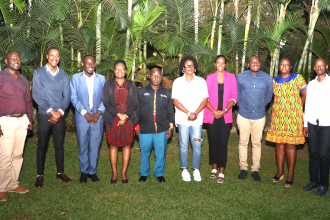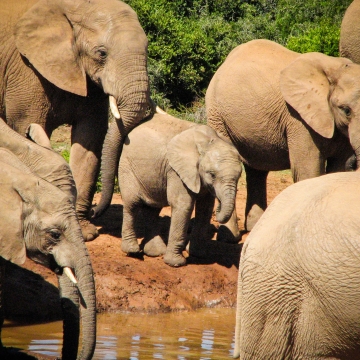The increasing concern for sustainable forest and protected forest resources motivates this study. In the wake of rising protected forest depletion, climate change and public health problems, this study through a bidding game format develops a sustainability index to show households’ sustainability behavior toward the protected forests in the Greater Accra Region of Ghana. Relying on a cross-section of household survey data and regression analysis, this study finds that overall, approximately 79% of respondents exhibited sustainable behavior toward protected forests in GAR.



